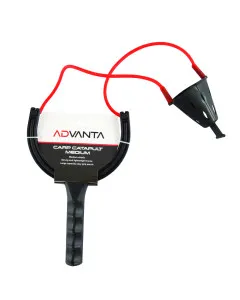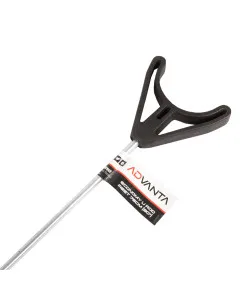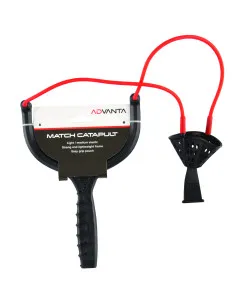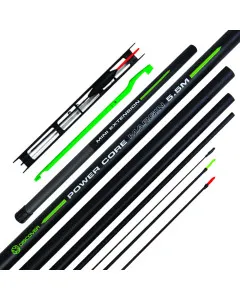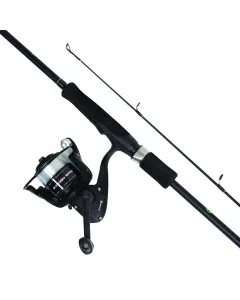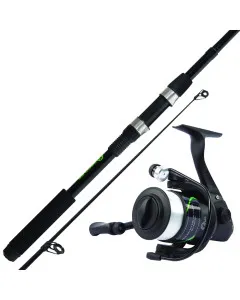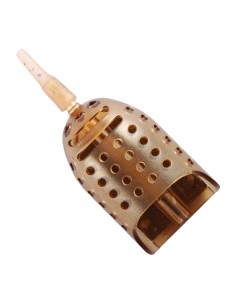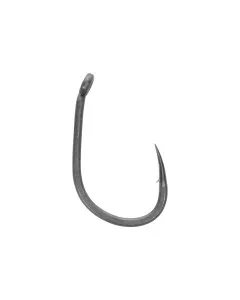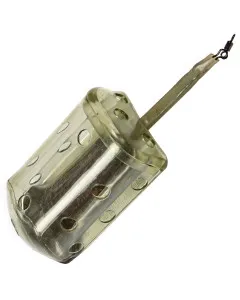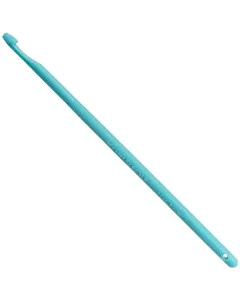Fishing is Fun! It may be daunting to start with, but we can assure you, that you are in the right place to continue your angling adventure. We, here at Angling Direct, are going to help you through what is needed to get started so you can get out sooner to the bank or shoreline for your very first fishing trip! Firstly, let us explain some common fishing lingo and the different style of angling.
Fishing Disciplines
Carp Fishing
Anglers target carp because of their size and willingness to put up a good fight. Even a carp of 5-10lb will give you a good fight on lighter tackle. Carp sessions can range from a day session on a runs water, right through to a week long session on a larger reservoir or commercial carp venue, of which there are plenty here in the UK.
Coarse Fishing
As one of the most common styles of angling, coarse fishing involves targeting freshwaters such as lakes, canals and rivers, returning all fish caught safely after capture. There are many freshwater species coarse anglers target such as carp, rudd, bream, chub and roach, to name a few.
Match Fishing
A competitive form of angling that can be held over a set time period of a couple of hours to a whole day session. Usually, species targeted in this more intensive form of fishing tends to be smaller fish in large quantities, held in a keepnet.
Fly Fishing
This is a method of angling that requires a lightweight artificial bait, often in the shape of a fly, bringing the fish to the water’s surface. A great deal of concentration is required for your technique, target fish and location.
Predator Fishing
Usually picked up in the cooler months, predator angling includes targeting species that feed on small baitfish which is why anglers often bait for predator species with deadbaits or artificial lures that imitate a bait fish. Target species include pike, catfish, perch and zander.
Sea Fishing
Being an island, the UK has plenty of coastline to fish from the beach, or thousands of nautical miles of open sea to target in a boat. Sea species far outweigh freshwater species both in quantity and variability and can provide incredibly varied sport at different times of the year.
Specialist Fishing
For those looking for a challenge, specialist angling requires targeting and battling specimen sized fish including Chub, Barbel, Bream and Tench. Due to the trophy sizes of the fish, stronger tackle and larger nets are required as well as lots of patience!
Fishing Glossary
Fishing Bait
In very simplistic terms - what you put on your hook - fishing bait varies greatly, from maggots to pepperami, there are some household staples that will catch fish, it's always worth trying something new. Deadbaits are bait that was, at some point, living. Usually smaller, smellier fish species, such as mackerel, which attract predatory fish.
Fishing Reels
The mechanism used to 'reel' in your catch. As you turn the handle of the reel, line is retrieved and your catch is brought closer to the bank, ready to be landed in your net. Spools are the part of your reel which houses line. Line is continuously wrapped and unwrapped, around the spool.
Fishing Rods
The traditional tool used to catch fish, a rod can be anywhere from 6ft - 13ft in length, a longer rod gives you great casting ability.
Fishing Poles
A newer, longer form of a rod. Poles are widely used in the match fishing discipline and offer the angler greater accessibility to the water they're fishing. For example, if the far bank is 11 meters away, the angler can attach sections of their pole until it reaches 11m in length, allowing them to fish the far bank with ease.
Fishing Nets
A newer, longer form of a rod. Poles are widely used in the match fishing discipline and offer the angler greater accessibility to the water they're fishing. For example, if the far bank is 11 meters away, the angler can attach sections of their pole until it reaches 11m in length, allowing them to fish the far bank with ease.
Fishing Nets
Used to 'land' a fish, safely removing it from the water and onto the bank. Nets are perforated to allow water to flow through. Keepnets are used in match fishing, the keepnet is, literally, a net to keep fish in until your catch is weighed at the end of a match. Be careful not to overfill your keepnet.
Fishing Terminal
Floats Used to identify bites at the surface, the concept being that when the float disappears beneath the water, a fish is biting. Hooks A sharp, pointed instrument at the business end of your rig, its purpose is to physically 'hook' the fish. It's important to keep your hooks sharp. Line is available in various materials and strengths, fishing line is a thread of material which attaches to your reel at one end and a baited hook at the other.
Fishing Lures
Used mainly in the predator and sea disciplines, although there are a few cases of use in other niches, a lure is an imitation bait. Usually made of plastic or rubber a lure, 'lures' fish in as it looks exactly like a smaller fish that larger species would feed on. However, lures are armed with hooks, which catch the fish by surprise.
Fishing Terminal
Floats Used to identify bites at the surface, the concept being that when the float disappears beneath the water, a fish is biting. Hooks A sharp, pointed instrument at the business end of your rig, its purpose is to physically 'hook' the fish. It's important to keep your hooks sharp. Line is available in various materials and strengths, fishing line is a thread of material which attaches to your reel at one end and a baited hook at the other.
Fishing Lures
Used mainly in the predator and sea disciplines, although there are a few cases of use in other niches, a lure is an imitation bait. Usually made of plastic or rubber a lure, 'lures' fish in as it looks exactly like a smaller fish that larger species would feed on. However, lures are armed with hooks, which catch the fish by surprise.
